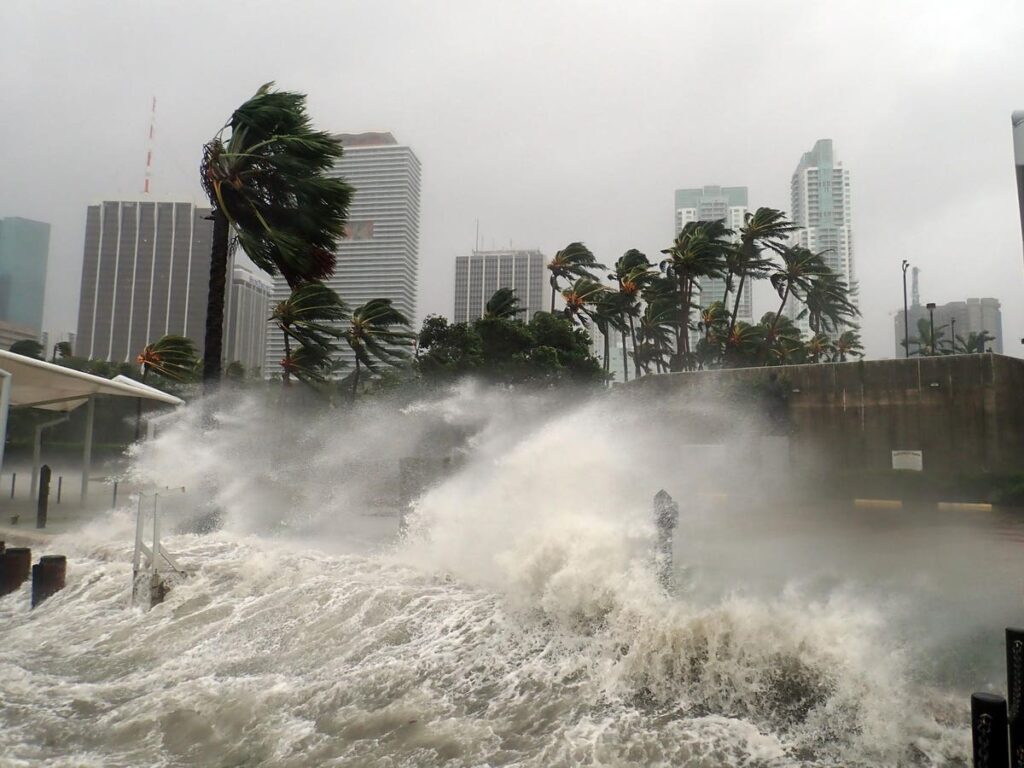Alex Vasquez is the owner of Rhino Realty Property Management and Rhino Realty B&B, entrepreneur, investor, advisor, author and speaker.
Natural disasters are often unexpected and can cause considerable damage to properties. Recent wildfires have highlighted the importance of disaster preparedness both personally and professionally. Property managers must take proactive steps to safeguard their investments, protect tenants and minimize financial losses in the face of unexpected disasters.
Every area and property is vulnerable to damage from hurricanes, floods, wildfires, earthquakes or bad storms and winds. Knowing the risks in your specific area and having a disaster preparedness plan in place is the key to handling disasters efficiently while keeping your tenants safe and supporting business continuity.
Perform a risk assessment.
Every region has its own natural disaster risk profile, so a complete risk assessment needs to be conducted before building a plan. Find specific risks that will affect your properties using sources like FEMA flood maps, wildfire risk zones, earthquake fault line data and historical property records to see what has happened to the property in the past.
Property managers should conduct site-specific assessments regularly to avoid surprises during disasters. Examine structural vulnerabilities, drainage systems, foundation stability, fire hazards and power backup capabilities. Part of this assessment is to make sure the property is up to date with building codes, insurance requirements and emergency regulations.
The important thing here is to know your property. It’s OK to have vulnerabilities, but you don’t want to learn about them when a tornado hits or your property is flooding. Knowledge is power in the situation.
Develop an emergency response plan.
An emergency response plan should be tailored to the needs of each property. It should offer clear guidance on how to handle different disaster scenarios and outline the specific roles that staff and tenants will play during an emergency.
Evacuation procedures and designated evacuation routes.
Create a plan for all staff and tenants to safely evacuate if needed. Post evacuation plans and signage throughout the property to help tenants during an emergency evacuation. If evacuation is not possible, set up shelter-in-place guidelines for staff and tenants who are unable to leave the property.
Instructions for securing windows, maintaining emergency supplies and ensuring adequate ventilation should be included in the emergency plans. These instructions, like all emergency plans, should be in an easy-to-access location.
Up-to-date list of emergency contacts.
Maintain a list of contacts including local emergency services, property management contacts and vendors that can help in an emergency. Shut-off protocols for gas, water and electricity to minimize hazards during a disaster should be detailed—you want your staff to have all necessary information easily accessible.
Additionally, assigning emergency roles to staff members, such as coordinating evacuations, helping residents with special needs or managing emergency supplies, will help ensure an organized response to any emergency.
Once you have the plans created and your staff trained, put the written plans in a place that is easy to find. You will also want to inform your tenants of the plan. Send out an email or written communication with evacuation routes, emergency contact numbers and a general overview of the disaster response procedures.
Establish a communication plan.
Clear and prompt communication is important during a disaster. Effective communication helps tenants stay informed and reassured. Consider the communication channels that you currently have in place with your tenants and figure out the best way to utilize those during an emergency. This will be the first place your tenants look for information, and updating immediately during an emergency will help you avoid panicked phone calls.
If you do not already have a mass notification system, emergency planning may be the time to investigate implementing that technology. Automated emailing or texting will make sure all residents receive critical information as quickly as possible, regardless of their location.
Community meetings and emergency drills should also be conducted to familiarize tenants with safety protocols. These sessions provide an opportunity for residents to ask questions and clarify their roles during an emergency. Choosing specific staff members as emergency contacts or setting up a virtual communication hub enables tenants to stay informed throughout the crisis.
A comprehensive disaster preparedness plan is essential to keeping calm tenants and minimal business disruptions during an unexpected disaster. Regularly updating preparedness measures, training staff and educating tenants ensures your community is ready to manage the unexpected. Taking a proactive approach to disaster preparedness minimizes damage and strengthens tenant confidence and operational resilience in the face of unforeseen emergencies.
Forbes Business Council is the foremost growth and networking organization for business owners and leaders. Do I qualify?
Read the full article here











